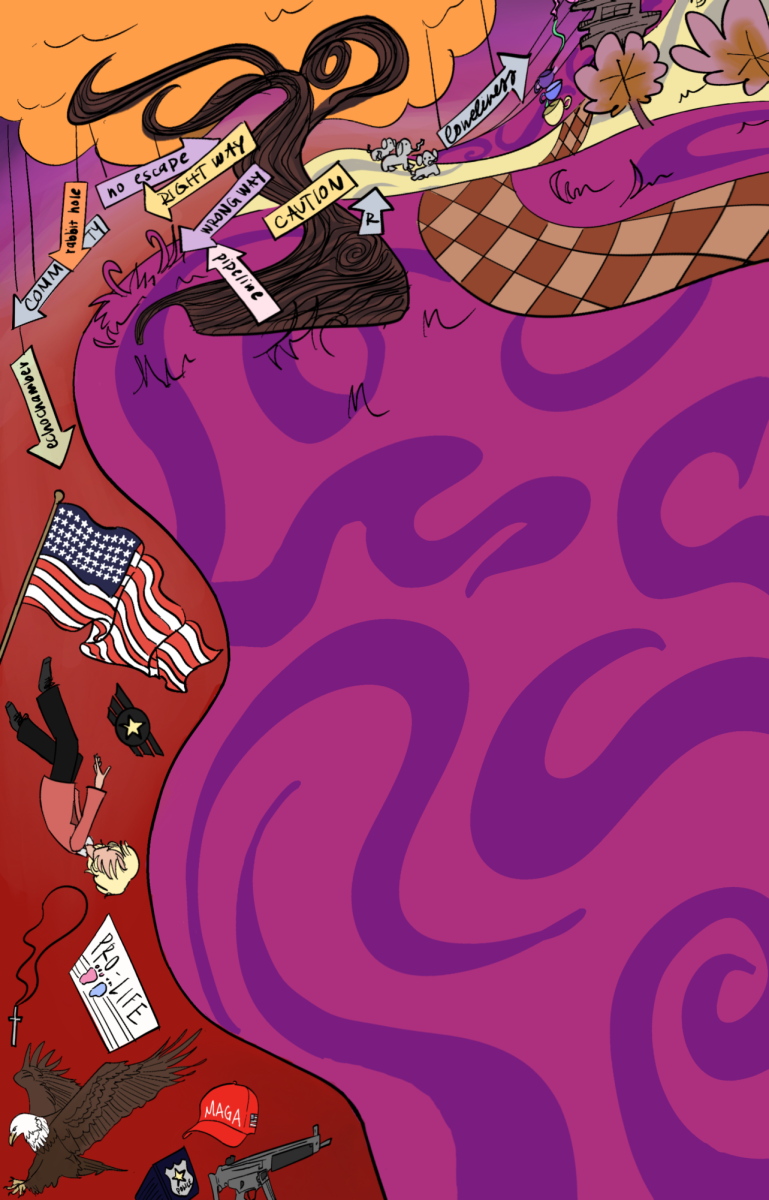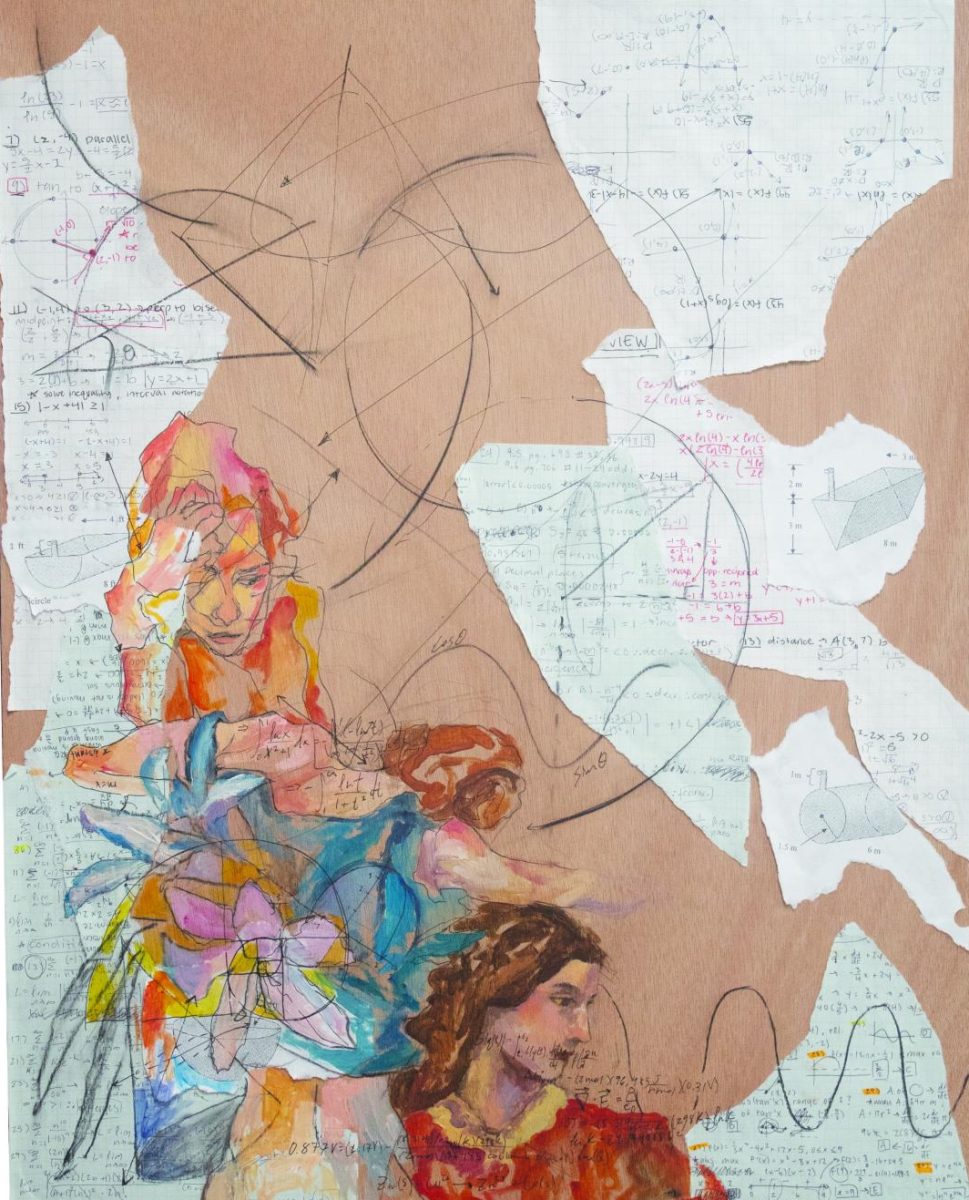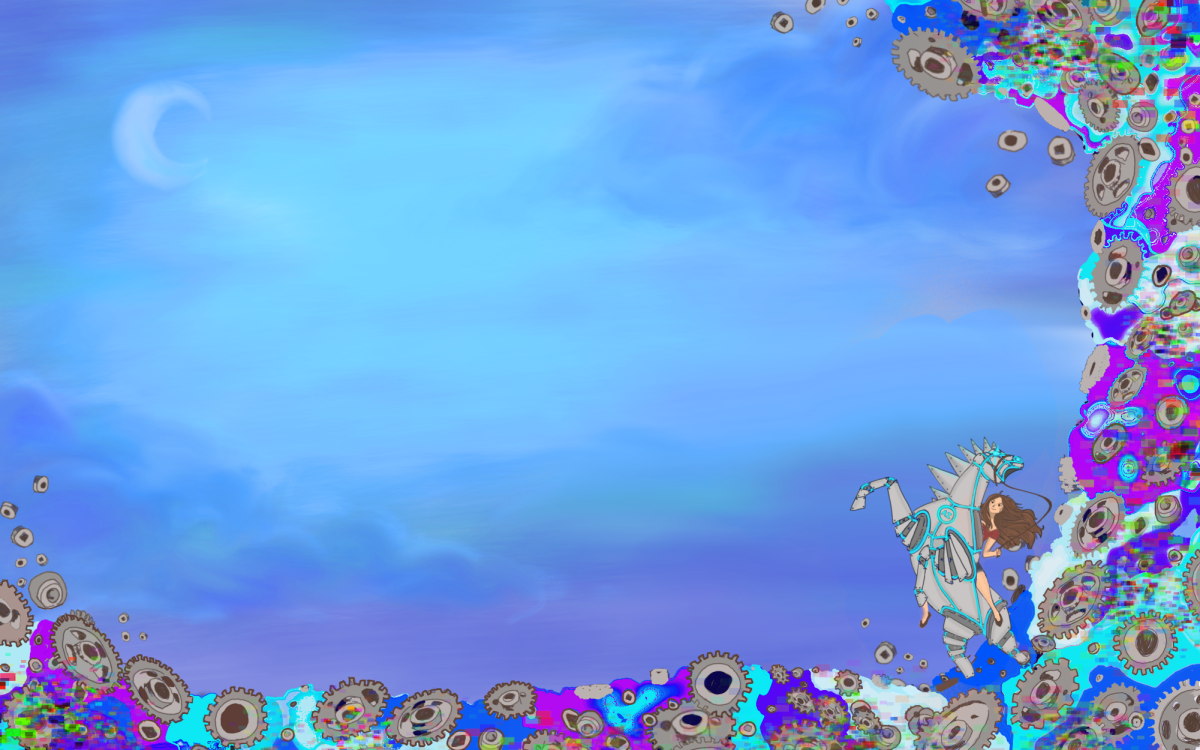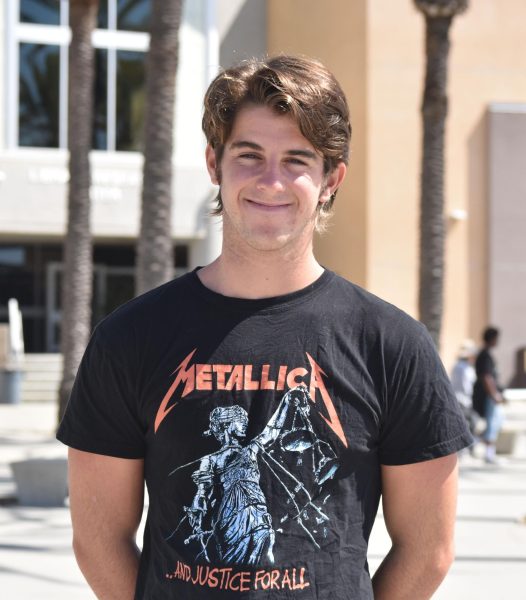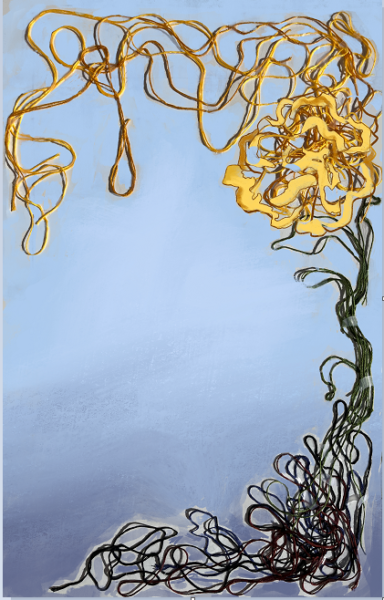
When someone hits what seems to be an insurmountable roadblock in their life, it can be easy to wish that the affliction they faced would no longer hinder them. But in 1996, two researchers showed through their academic paper that when one experiences extreme trauma, it can help them grow into a more confident, resilient person who learns to appreciate life. This phenomenon is called post-traumatic growth (PTG).
Linda Graham, a recently retired marriage and family therapist in San Rafael who has written books on the importance of resilience and learning to bounce back from trauma, believes that post-traumatic growth can empower survivors.
“PTG is empowering, it gives a sense of choice, of agency, of competency, of capacity, and of self worth,” Graham said.
Serena Tran (10) lost a friend she made through social media to suicide. Through the grieving and coping process, she was able to grow in new ways she never expected.
“Over social media, he seemed very happy and goofy,” Tran said. “He would post a lot of jokes about his friends. One time he posted photos of his hair that he’d just dyed white, describing how he looked like a funny old man.”
As their relationship developed, Tran and her friend would poke fun at each other in the comments section of their posts. Tran said she began to feel almost like a sister to him.
“One time I posted some videos of me playing a video game called Identity V where I was doing really badly, and he would make jokes saying that ‘I’m the best player in the world,’” Tran said. “We would often make light-hearted jokes like that in each other’s comments. It was fun.”
Then, in February, Tran noticed that this friend began acting strange on social media. He avoided responding to comments on his posts, a contrast from before, when he was quick to respond to all comments. He changed his profile picture to an all-black circle, which in Vietnam implies that something bad has happened, like the loss of a loved one.
“I thought of asking him what was wrong, but I assumed that he had closer friends to talk to so I didn’t really pay much attention,” Tran said. “Ten days later I woke up and saw a story he had posted on social media, which said that he was never going to come back and he said that he could not tell the reason to anyone.”
Tran woke up the following day to posts from other friends explaining how a friend of theirs had died. Although she didn’t initially make the connection, Tran began to realize that her friend had committed suicide as the day went on. Later, she checked his social media account to find that it had been deleted.
Walking into her first-period class later that morning, the world suddenly began to crash down around her.
“Everything became blurry,” Tran said. “I was struggling in my classes because it was like his death was the only thing I could think about that whole day as I sat in class. So throughout the day, I could hear the teachers talking, but I didn’t really understand.”
Graham explained that the dissociation Tran felt was a very normal human response to a traumatic event.
“[Dissociation] is considered a normal response to abnormal events,” Graham said. “Responses can be reactive, defensive, protective, [and] might lead to feeling traumatized.”
Later that day, Tran began to distance herself from her friends.
“I didn’t really feel like hanging out with anyone that day,” Tran said. “Normally I would message my friends to come eat with me, but that day I just sat in the corner alone.”
Tran’s grief continued for many days after, causing her to struggle with her schoolwork.
“Every day for the few weeks following the incident, I would just collapse on my bed right after school and start crying,” Tran said. “I would eventually cry myself to sleep.”
Graham said that when people are grieving, one important component of healing is not letting the emotions stay bottled up inside.
“In the field of psychology, we’re coming to recognize more and more the healing power and the healing necessity of grief is crying and letting the emotions out,” Graham said. “That’s what healing is, not repressing [emotions] or denying them.”
Although Tran’s relationship was solely online, Graham said that the grief and feelings associated with the loss would still be real and valid.
Tran struggled to come to terms with her friend’s death, a challenge many people encounter when dealing with trauma. For Nasmah Hamid (‘23), accepting how her cancer diagnosis would impact her reality was a difficult part of her journey.
On Dec. 20, 2016, Hamid and her sixth-grade classmates were celebrating the holiday season by sipping hot cocoa and watching Home Alone when Hamid received a call from her parents, who were on their way to pick her up. They needed to take her to Rady Children’s Hospital to investigate the pain in her shins.
“When I got to the hospital, I actually had a sense of relief that I would finally know what was wrong with me,” Hamid said. “The bone specialist told me and my parents that they found lymphoma cells in my blood. I was 12 years old at the time, and I was just very confused about what was going on. The specialist wouldn’t [directly] tell me exactly [that it was cancer], but as they transferred me to the oncologist, I saw the sign ‘Cancer and Blood Disorder Department.’ Then I became very scared.”
Hamid was later diagnosed with non-Hodgkins Lymphoma, a diagnosis she said felt like it would put her life on pause for the next two and a half years.
“I was in and out of the hospital from sixth grade to eighth grade,” Hamid said. “I missed a lot of that foundational learning. When I went into high school, it was basically going from fifth grade to ninth grade, which was a huge and scary jump. [I] needed to take easy classes, [but] I wanted to be successful and go to college. I used to feel mad that I couldn’t take the rigorous courses my friends were taking.”
Graham explained how people’s responses to trauma can manifest itself in different ways.
“People respond to trauma in as many different ways as they respond to any experience,” Graham said. “And it’s people’s response that has a great deal to do with whether they experience something as traumatizing or not. Responses can be reactive, defensive, or protective which might lead to feeling traumatized. People can practice becoming more resilient by practicing how they respond to any disappointment or difficulty in life – with openness, curiosity, and learning.”
After being diagnosed, Hamid was put on a chemotherapy routine of three differing stages with decreasing aggressiveness of treatment, lasting two and a half years.
Along with the mental trauma indirectly caused by this disease, Hamid still had to put up with the physical strain of both the cancer and the chemotherapy.
“There were many side effects, but the hair loss took the largest emotional toll on me,” Hamid said. “Before that I would think, ‘It’s just hair,’ but once you lose it, you realize it was a really important part of you and your identity.”
While Hamid was putting her life as a middle schooler on pause to try and treat her lymphoma through chemotherapy, her peers got to live through the ups and downs of middle school.
“When I came into high school, there were a bunch of times when people would say, ‘Remember [in] middle school [when] you went and did this?’ and I just had to pretend and say, ‘Oh, yeah, I remember that,” Hamid said.
While in the hospital ward, Hamid was separated from her close friends. However, she later was able to make friends with other patients in the ward, bonding over their shared experiences.
Some of the other patients similar in age to Hamid passed away with Hamid being around for their final moments. This served as a sobering reminder of Hamid’s vulnerability.
Over the next two months, by letting her emotions out, Tran was able to harness the healing power of grief. She adopted a philosophy of looking to the future.
“I can’t just bring him back,” Tran said. “Instead of thinking about how I could have helped him, I can just make sure to take care of the friends that I have now, and try to meet lots of new people.”
Graham said that a reshaping of one’s traumatic narrative for themselves is a key step towards developing PTG.
“It’s significant when a survivor decides to no longer be held up by their trauma,” Graham said. “Once they are able to shape a narrative for themselves that what happened was out of their hands, they are able to move on with their life, and achieve PTG.”
With this new understanding of the importance of reaching out to others, Tran put herself in situations beyond her comfort zone more often than she did before. As she ran for freshman class president in spring 2023, Tran made herself business cards to hand out to possible voters. One business card in particular made a difference in her English class.
“I walked up to a person I vaguely knew in my English class, named Zachary Blumenfeld [10], and said ‘Hey, you may not remember me, but I really liked your presentation about gene editing last week, so I thought that maybe we could be friends,’ and I gave him the card,” Tran said. “After school, I was in the lunch area and I saw a message saying ‘hello’ from a new number. Then I realized it was him, and I was very surprised that someone actually reached out and responded. He told me that almost no one had ever given him their contact information or tried to be his friend.”
Despite the hardships that Tran faced from this experience, she said that the experience ultimately helped her grow.
“Although I feel like I’ve had many turning points in my life, losing this friend has been one of the biggest ones so far,” Tran said. “When looking back I will be thankful for the growth it gave me. But that doesn’t mean that I wouldn’t wish for him to come back.”
As time went on and Hamid entered her third stage of her chemotherapy, she, like Tran, began to realize the bright side of her extreme hardship, marking her movement towards PTG. According to Hamid, she went from bursting into tears over any mention of cancer to being more than happy to share her story with anyone.
“My eyes were opened,” Hamid said. “I just started feeling like everything happened for a reason and the reason this happened to me was so that I could make a difference in the world. I began to understand who I was: a person who wants to give back.”
Graham said this change in mindset signaled a step towards growth.
“When someone who has had trauma makes the choice to not wallow, it’s very significant for them to feel agentic,” Graham said. “They have choices. In trauma, there’s no sense of the future, but with PTG, there is a future.”
As is common for those who are recovering from trauma, Hamid began to appreciate the little things in her life.
“After the treatment, I started caring for other people more and trying to help them before myself,” Hamid said. “I saw that the world can be a beautiful place if you know where to look. I appreciate little things now more than [I did in] the past. I appreciate spending time with friends and family way more than before. It’s very rewarding giving back to communities that helped me along the way, which I wouldn’t have done before treatment.”
With these changes in perspective, Hamid displayed her proclivity for growth.
“Having resilience and a growth mindset is a value system, a group of attitudes about coping with life,” Graham said. “The idea is that the way to cope with life is to be open, to change, to embrace change, and to see change as an opportunity. The foundation of PTG is to have more of this attitude that no matter what happens, I will look for options, I will look for choices, I will look for meaning, and I will look for support. I’ll find a way to make sense of this.”
Before the diagnosis, Hamid was timid. She often worried about what others were thinking about her and was paranoid about others’ possible negative intentions. Afterwards, Hamid decided that if she was able to survive a cancer diagnosis, she didn’t have to fear anything, leading her to become more involved in school activities. Now, Hamid is taking her prerequisites for nursing at San Diego Mesa College and plans to transfer to a nursing school to become a nurse practitioner.
“I started thinking that I’m a survivor and I’m an outgoing person who likes to take risks,” Hamid said. “I feel like my purpose is to educate people about cancer and help people who are sick. I saw [nurses] making a difference in my life, always helping me with a smile on their faces or cracking jokes during difficult times. They just made me happy and I want to do that for other patients too one day.”
Graham said that the mindset adopted through PTG can foster an improvement in people’s quality of life despite dealing with traumatic experiences.
“There is so much suffering in life,” Graham said. “Suffering is inevitable because there’s loss and there’s change and there’s confusion and there’s disappointment. We learn to be resilient by facing things that are difficult and learning that we can.”



